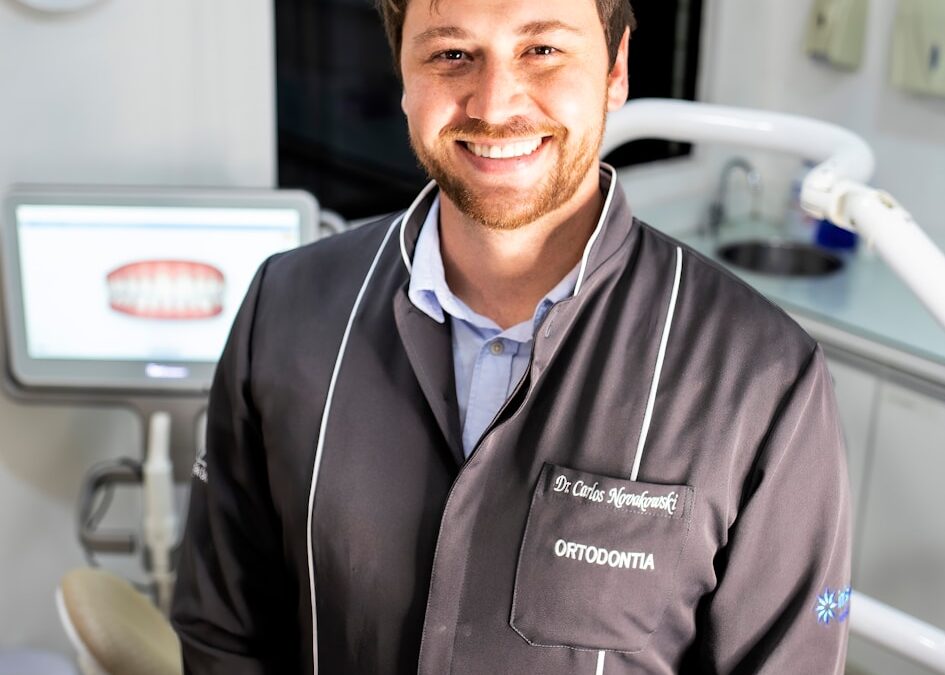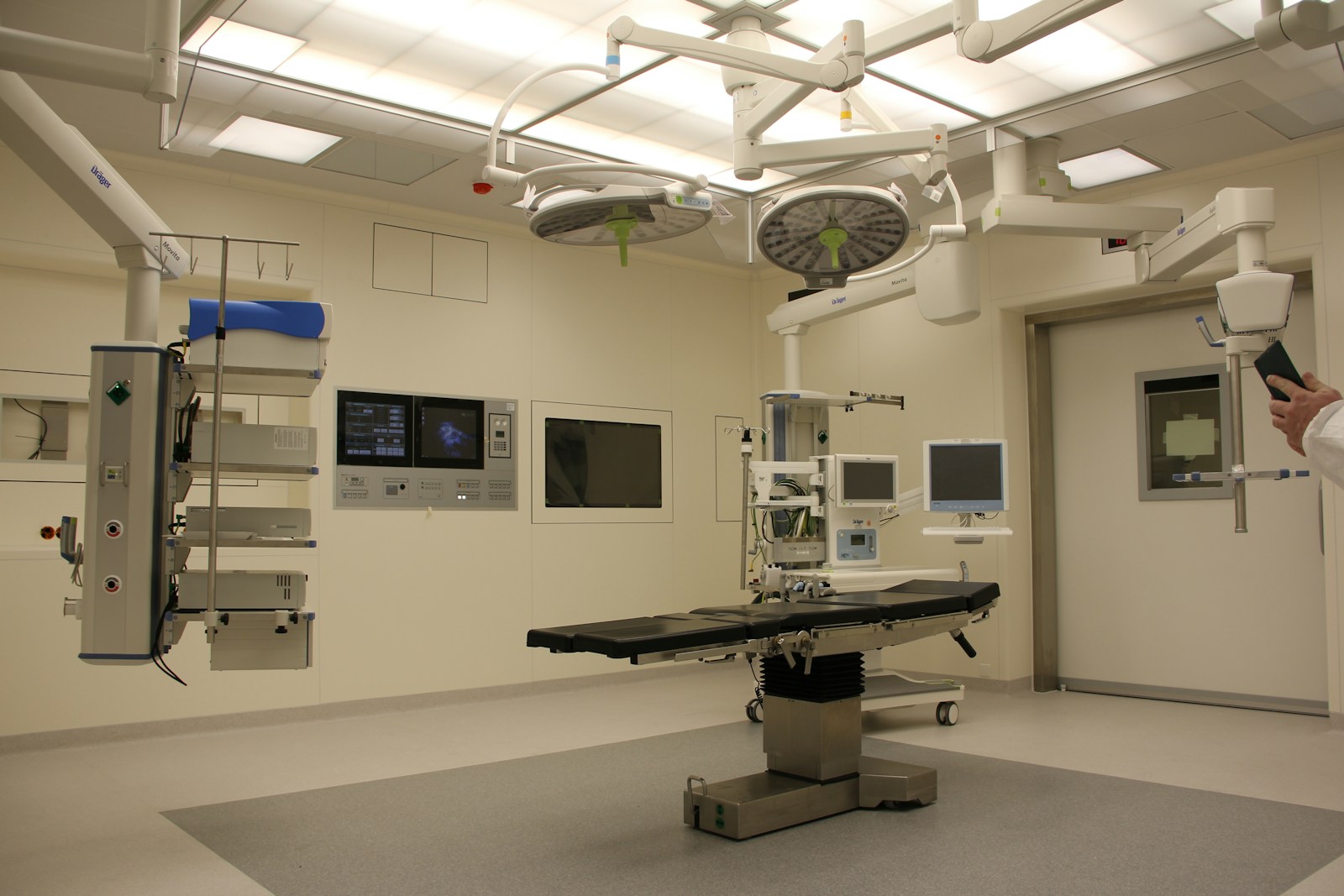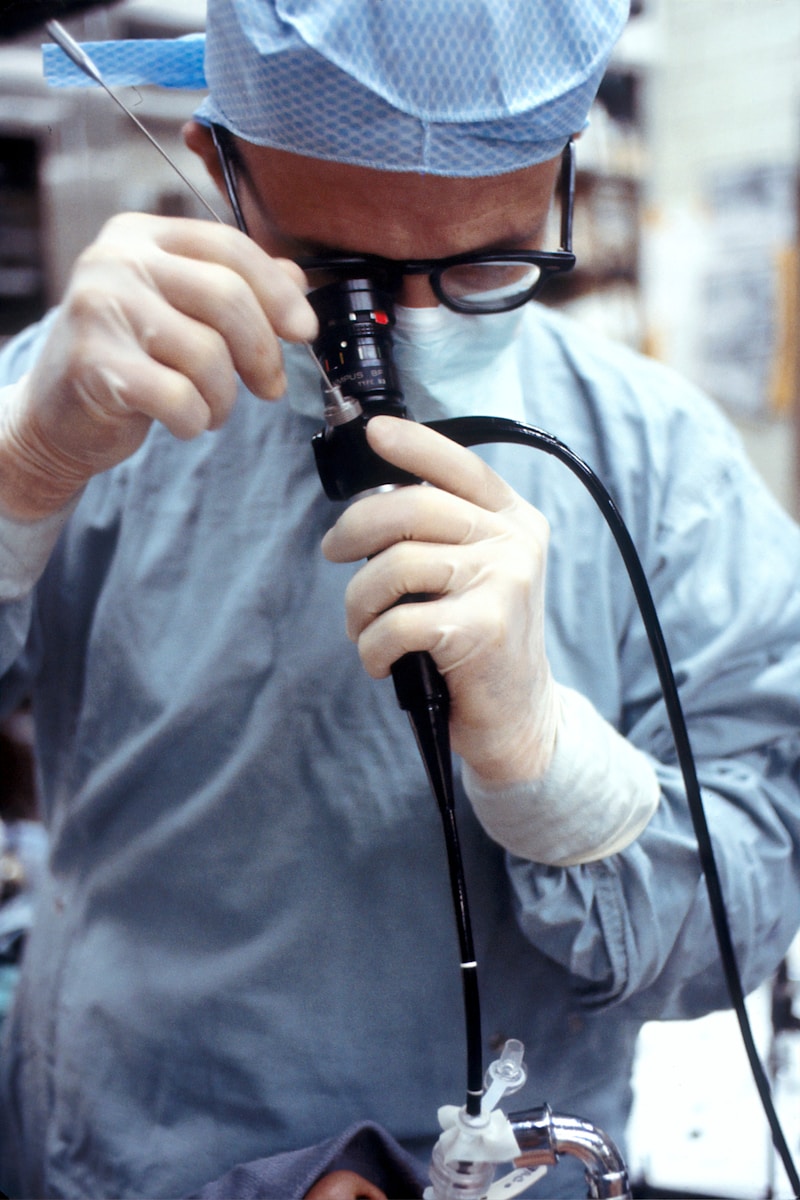Transforming Surgical Precision with Digital Twin Technology
Improving Surgical Accuracy through Digital Twins
Digital twins are revolutionizing the field of minimally invasive surgeries by significantly enhancing surgical accuracy. A digital twin, in this context, is a detailed virtual replica of a patient’s anatomy, created using data from imaging technologies such as MRI and CT scans. This virtual model allows surgeons to visualize and interact with a patient’s internal structures in a highly detailed manner before making any incisions.
One of the primary benefits of utilizing digital twins in minimally invasive surgeries is the ability to plan and simulate procedures with exceptional precision. Surgeons can use these virtual models to explore different surgical approaches and identify the most effective strategy for each individual patient. By experimenting with various techniques in a simulated environment, surgeons can anticipate potential challenges and refine their approach, leading to more accurate and successful outcomes.
In regions like Saudi Arabia and the UAE, where the healthcare sector is rapidly advancing, the integration of digital twins into surgical practice represents a significant leap forward. Hospitals in Riyadh and Dubai are increasingly adopting cutting-edge technologies to enhance patient care. Digital twins offer a powerful tool for improving surgical accuracy, thereby contributing to better patient outcomes and more efficient use of healthcare resources.
Enhancing Patient Safety with Digital Twin Technology
The use of digital twins in minimally invasive surgeries also plays a crucial role in enhancing patient safety. Minimally invasive procedures are known for their benefits, such as reduced recovery times and less post-operative pain. However, the success of these procedures heavily relies on the surgeon’s ability to navigate delicate internal structures without causing damage.
Digital twins enhance safety by providing real-time, interactive visualizations of a patient’s anatomy. Surgeons can use these models to identify critical structures, such as blood vessels and nerves, and avoid them during surgery. This capability helps minimize the risk of complications and unintended injuries, leading to safer surgical interventions.
In addition, digital twins can be integrated with advanced surgical tools and robotics, allowing for even greater precision. For example, robotic surgical systems can be guided by data from digital twins to perform movements with high accuracy, further reducing the risk of errors. This integration is particularly valuable in high-tech healthcare environments in Saudi Arabia and the UAE, where innovations are continuously being incorporated into medical practice.
Future Prospects and Challenges in Digital Twin Integration
While the advantages of digital twins in minimally invasive surgeries are clear, there are challenges that need to be addressed for widespread adoption. Ensuring the accuracy and reliability of digital twin models is critical, as these virtual representations must be precise to be effective. Advances in imaging technologies and data analytics are essential for creating high-quality digital twins that accurately reflect a patient’s anatomy.
Another challenge is the integration of digital twins with existing surgical systems and workflows. This requires collaboration between medical professionals, technology developers, and healthcare institutions to develop compatible solutions that enhance rather than disrupt current practices. In Saudi Arabia and the UAE, where there is a strong focus on healthcare innovation, addressing these challenges will be key to successfully implementing digital twins in surgical procedures.
In conclusion, digital twins hold tremendous potential for improving the accuracy and safety of minimally invasive surgeries. By providing detailed virtual models of patients’ anatomies, digital twins enable more precise planning, enhance patient safety, and support advanced surgical techniques. As technology continues to evolve, it is expected that digital twins will become an integral part of surgical practice, driving improvements in patient care and surgical outcomes across the globe, including in progressive healthcare environments like those in Riyadh and Dubai.
—
#DigitalTwins, #MinimallyInvasiveSurgeries, #SurgicalAccuracy, #PatientSafety, #SaudiArabia, #UAE, #Riyadh, #Dubai, #ArtificialIntelligence, #Blockchain, #Metaverse, #ExecutiveCoaching, #GenerativeAI, #ModernTechnology, #BusinessSuccess, #Leadership, #ManagementSkills, #ProjectManagement









